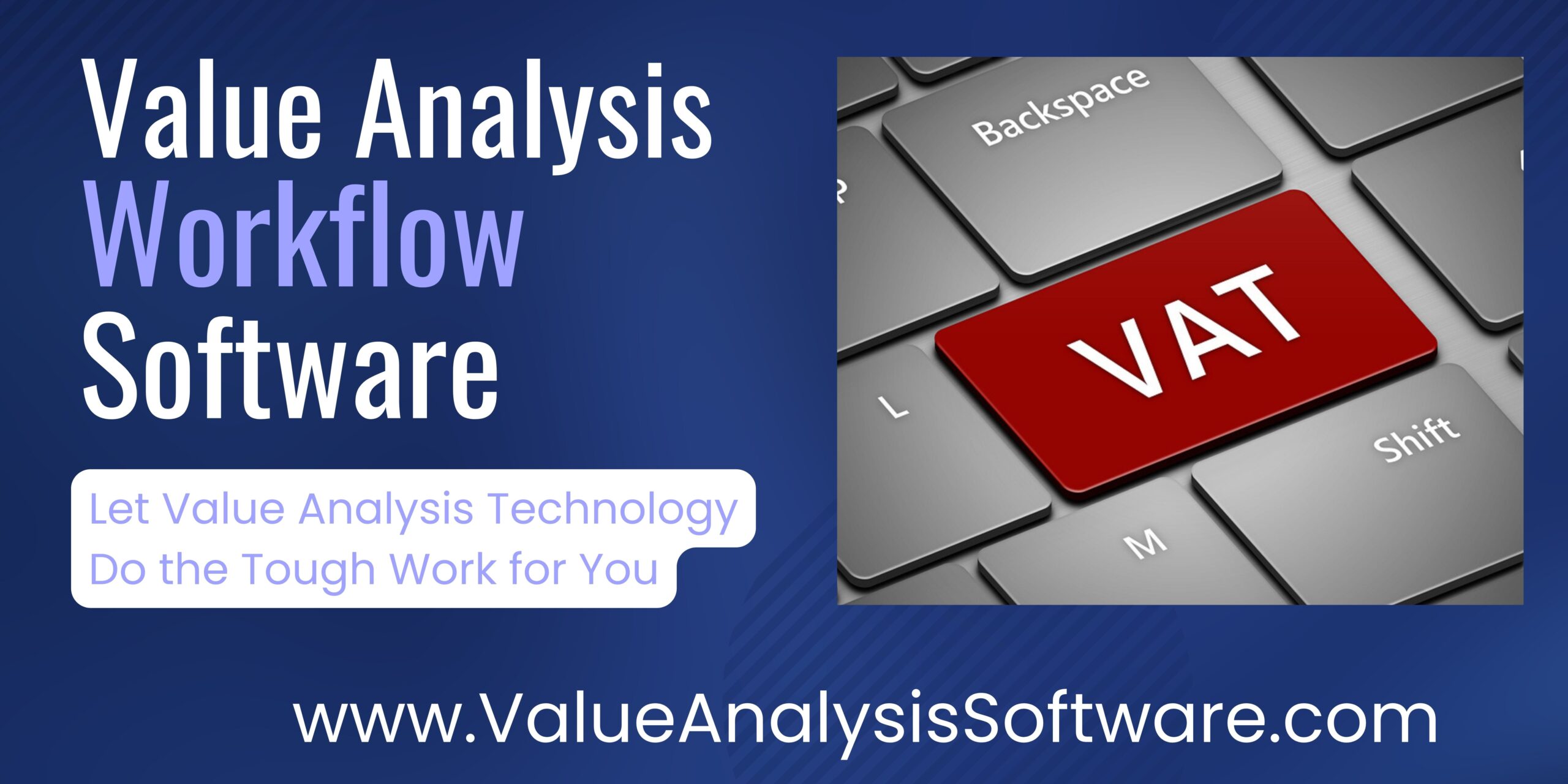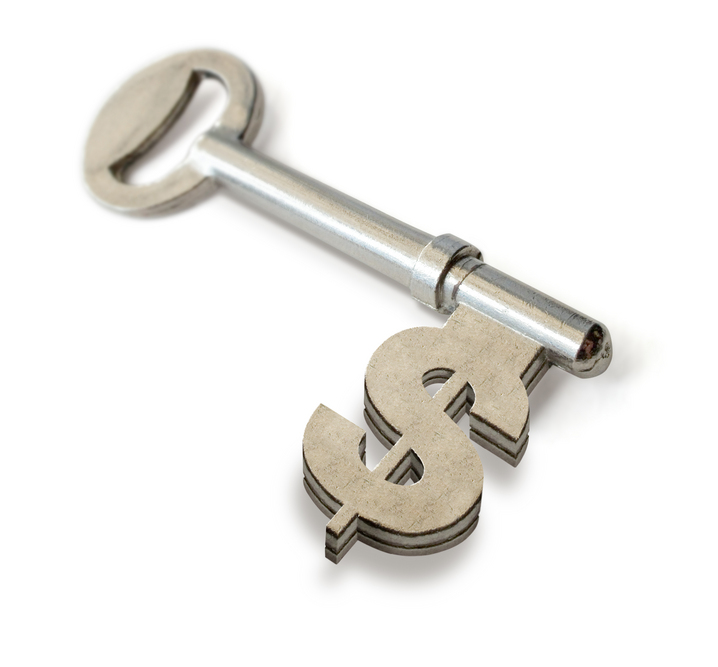If you are a healthcare value analysis professional, what should your priorities be going into the new year?
A new year is just around the corner which will no doubt challenge many in our supply chain industry to up our game to new levels that we never thought possible. Let’s face it, there is a heck of a lot of change going on and higher demands from our Chief Financial Officers to optimize costs to mitigate the budgetary shortfalls that all health systems are seeing. All this on top of the new product requests, contract conversions, recall facilitation, and managing teams and projects. Next year can be a daunting year if you don’t have some form of strategic plan with clear-cut goals and objectives.
You Can Just Let the Future Happen or You Can Control Your Own Future
What should you be focusing on that you are not already focusing on in 2023? This is a great question to ask yourself, your leaders, and your teams as most don’t ask these questions and tend to get caught up in the ongoing grind of the value analysis job. I am not discounting the good work you and your organization are putting in but at some point we need to look to control our future or the future will control us. The strategy is simple, we must try to foresee, project, and envision the future of our value analysis programs and fit ourselves nicely into that future as well as optimize costs, quality, and outcomes at a high level with the least amount of work and stress on us and our organizations.
Envisioning the Future is Key to Your Success – But You Don’t Need a Crystal Ball!
- Ask Your Leaders – A system CFO said to me, “Financially, we are doing good for the next three years but after that we are going to have challenges and I want our people to have the systems in place to address these challenges before they hurt our bottom line.” Why did he give me that bold statement? Because I asked him questions during a strategic planning session for a new cost optimization modality that they were rolling out. We must ask our leaders where we stand from a financial standpoint and from quality and outcomes, and they should include our end customers’ satisfaction as well. Ask the CFO about the finances, ask the CNO about the patient outcomes and quality, ask the Director of Infection Control about the infection rates, etc. Keep your finger on the pulse of what your organization is in need of before it comes down to corporate edicts that you will have no control of.
- Figure Out What Is Missing – The only people that really know what is missing are those who are actually aware of what else can be done. I see this often after speaking at a conference or regional meeting on things like Clinical Supply Utilization Management (CSUM) when a Value Analysis Manager comes up to me afterwards to talk. They always say, in one way or another, “I am responsible for CSUM, that’s my job.” I totally agree that that is their job but then with a question or two I find out that they are only following up after the clinical utilization of the new products they are evaluating. I then explain that the biggest savings opportunity is sitting untouched, which is going back over all your major categories of purchase. I have a saying, “The more you know about value analysis, the more you know you don’t know.” So, you really have to be on top of your game and learn what others are doing as far as new modalities, best practices, and the like.
- What Fixes Do You Need – Every value analysis program has areas that could be improved. It could be as simple as members not participating or not showing up to meetings. If you need to move team members along and recruit new members, then having an annual review of your program is a good time to do it and most bosses understand this. Other things could be workflow bottlenecks or missing data that creates more work for supply chain. Take the time to plan out the fixes for your value analysis programs and use an annual VA review as the reason for these changes.
- Automate – You will want to automate as much of your value analysis and cost optimization program as possible. Even though you may be highly proficient at working with spreadsheets, that does not mean that you cannot take it up a level with advanced value analysis workflow and analytics solutions. Remember, this is not just for today, this is for the next year, or even three to five years of your program. Figure out what needs to be automated by how much time you spend on spreadsheets. A good example of this is value analysis analytics that are performed by VA or supply chain analysts who spend 90% of their time working up reports on spreadsheets that tend to be repetitive period-oriented tasks. This should be automated, as spending 90% of their time crunching numbers is not ideal. That will free up their time to better interpret and communicate the changes that need to be made.
If you have ever interacted with me via email, you would have seen that I have a message below my email signature that reads: “There is always a new way: a new way to solve a problem, a new way of climbing the mountain. The ability to identify that ‘new way’ is a valuable asset because most people won’t see past the way things have always been done. The confidence to pursue that ‘new way’ and look at an issue from a new angle is rare enough because most people will obstinately refuse to change. The desire and drive to execute the ‘new way’ lies at the heart of every great innovation.” This is a quote from a book, but I found it translated into our value analysis and supply chain world. Value analysis and supply chain professionals are experts at finding a new way or a new product or service for our customers and stakeholders, but it is now time for you to look for how you can make your programs better.
| About Robert W. Yokl, Sr. VP of Value Analysis & Supply Chain Solutions |
|---|
| Robert is the Program Leader for SVAH Solutions that provides value analysis, clinical supply utilization, and savings validation tools to help organizations to gain the next level of savings beyond price and standardization. https://www.SVAH-Solutions.com https://www.SavingsValidation.com |
Articles you may like:
Value Analysis: 8 New Rules for New Work and New Performance





